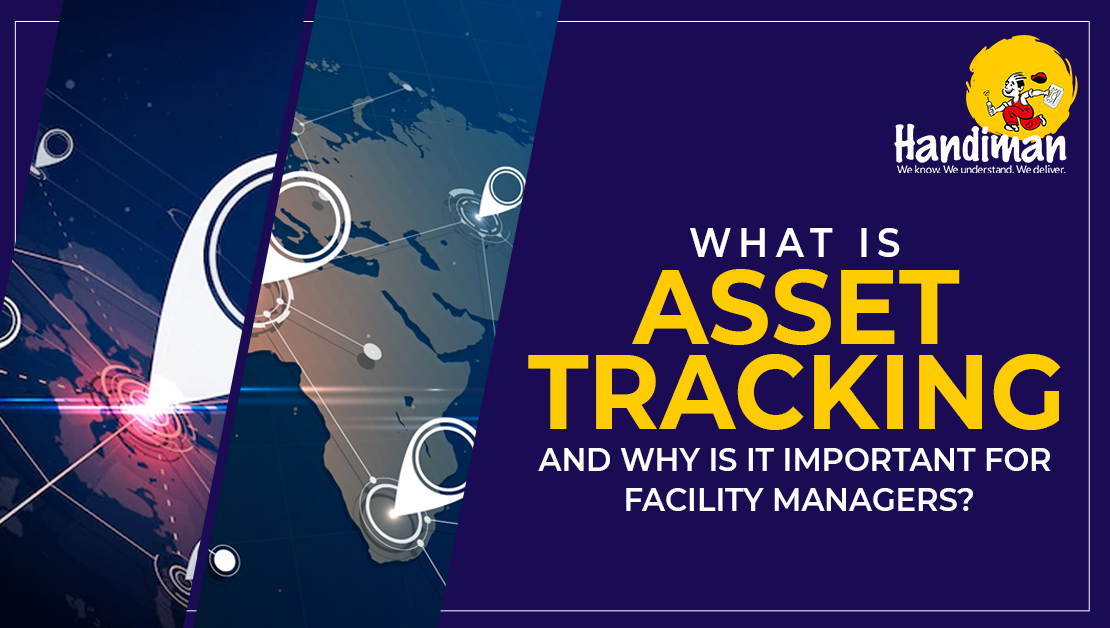
What is asset tracking and why is it important for facility managers
As a facility manager, you are solely accountable for all assets' daily maintenance, improvements, strategic planning, daily maintenance, improvements, and management of all types of assets. It is an important aspect of facilities management because it is an important part of asset management. Asset tracking allows you to forecast an asset's lifespan and extend it through timely maintenance. It can also keep track of warranty coverage and other data, resulting that can result in cost savings and better budgeting.
What Is Asset Tracking?
The procedure of keeping track of and worthiness of physical assets is referred to as asset tracking. Asset tracking is a critical tool for facility managers to ensure that equipment is properly maintained and inventory levels are adequate. It is a technique used by facility managers to obtain insights into their facility's performance. This type of tracking also assists you in optimizing your capital expenditures and avoiding significant equipment downtime. Whether it's the storage area, warehouse, or physical office space, you must ensure that everything is in working order for business operations to run smoothly.
What are the advantages of asset tracking for facility managers?
Asset tracking is a method used by facility managers to maintain and keep track of a facility's physical assets. It leads to fewer equipment breakdowns and faster response times when equipment does break down or require parts. Asset tracking provides numerous benefits, including enhanced decision, improved efficiency, and cost savings.
Let's look at how it can help facility managers in more detail:
1. Fewer Breakdowns
Timely maintenance is critical to avoiding equipment breakdowns. Asset management and tracking can provide information on recent maintenance and service. It enables facility managers to view each piece of equipment's annual maintenance calendar.
2. Prediction
Asset tracking makes forecasting capital needs easier because it tracks the age and longevity of the equipment. It also forecasts when maintenance is required, which aids in accurate budgeting.
3. Improved Response Times
The asset tracking system can automatically generate work orders for maintenance and repair. It allows your company to have parts on hand when they are needed, which speeds up repairs.
4. Cost-cutting measures
Asset tracking assists organizations in reducing downtime. It saves money that would otherwise be lost due to equipment downtime. It prevents asset management from overspending due to lost necessary documentation, incorrectly managed machines, or routing repairs to the wrong provider.
5. Insights into Performance
The asset management tool also provides information about an asset's effectiveness, notifying you when it isn't performing optimally, and allowing you to make some adjustments before a breakdown occurs. It also provides information on the cost-per-asset over the equipment's lifecycle.
Conclusion
Asset tracking is a must-have tool for any facility manager looking to improve facility management. With its numerous advantages, asset tracking can help any organization improve its productivity and efficiency. Asset-tracking software, which can optimize many of the repetitive tasks associated with asset tracking, should be considered by facility managers. Facility managers can overcome some of the challenges associated with asset tracking by following these tips.
